ERC SCALAR
Scaling up behavior and autonomous adaptation for macro models of climate change damage assessment
Damage associated with climate change is a core benchmark in science and policy. Macro Integrated Assessment Models estimating damages are criticized for neglecting risk distribution, adaptation dynamics and the possible collapse of regional economies. Micro-level social science studies contain substantial knowledge on individual behavior, decisions under risk and autonomous climate adaptation, and go beyond monetary losses by focusing on resilience. This knowledge can ameliorate theoretical and empirical flaws in current macro assessments, if adequate scaling up methods were to exist.
SCALAR aims to bridge the gap between micro and macro research traditions by modeling the behavioral aspects of autonomous adaptation processes of heterogeneous agents, and integrating them into macro level climate policy models.
